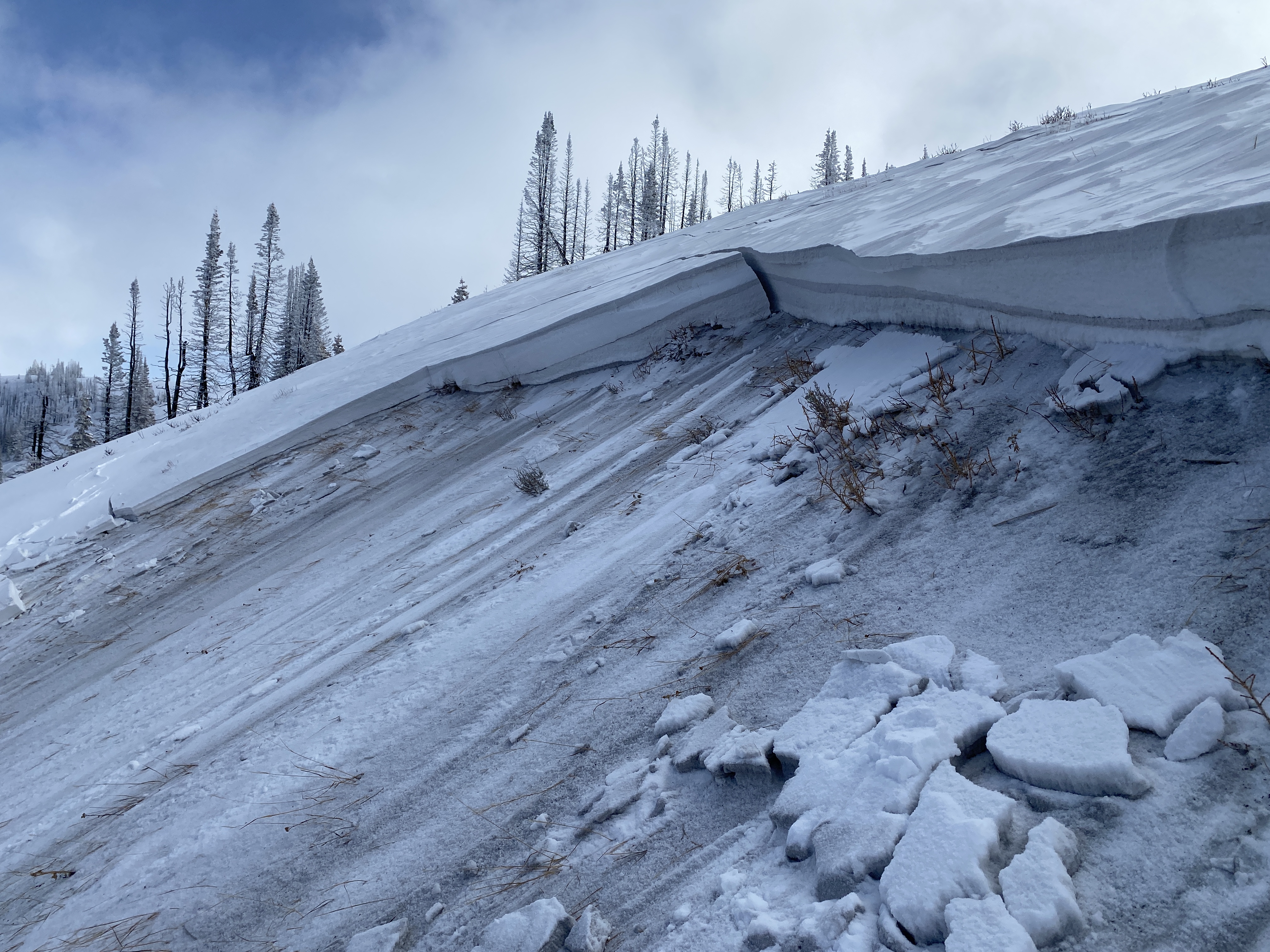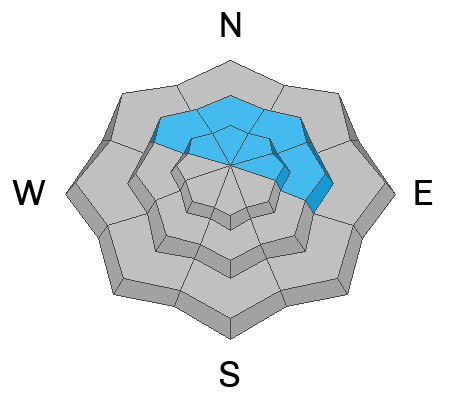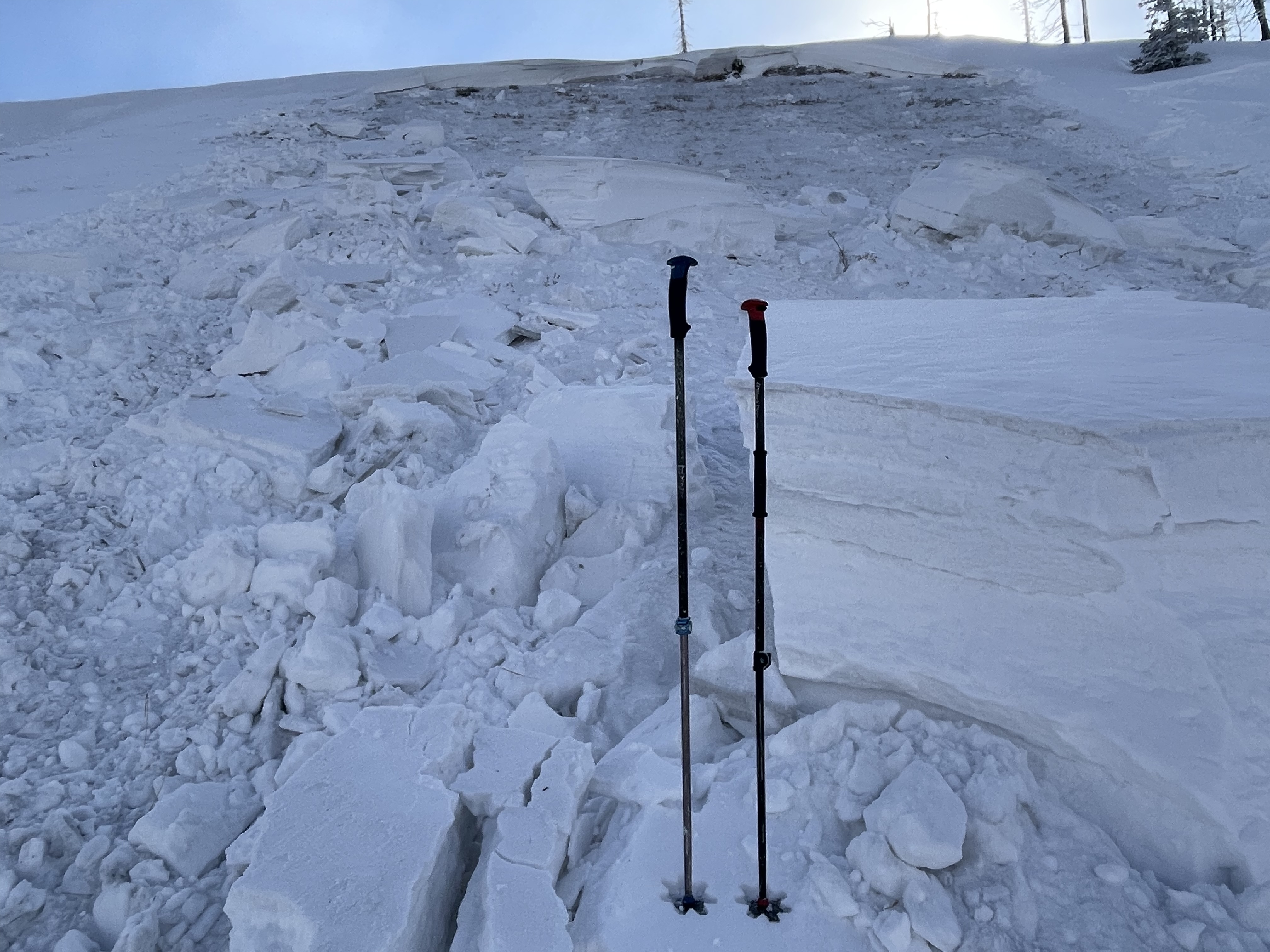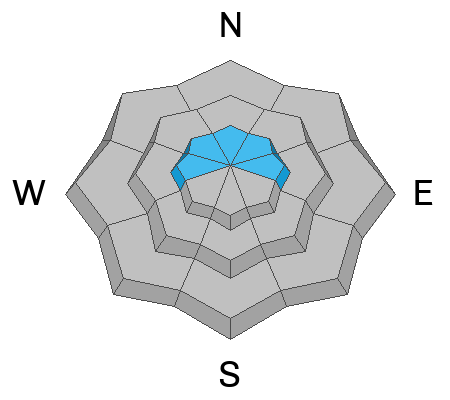Forecast for the Uintas Area Mountains

Issued by Andrew Nassetta on
Friday morning, November 29, 2024
Friday morning, November 29, 2024
Today's avalanche danger is MODERATE above treeline on steep, wind-drifted slopes facing west through southeast. It is POSSIBLE that today’s avalanches can be triggered by a human and break deeper and wider than you might expect..
Avalanches can be triggered remotely from below, above, or even an adjacent slope from a distance. I am avoiding the problem by seeking lower-angle sheltered terrain, out of the windzone without any steep slopes connected to me .
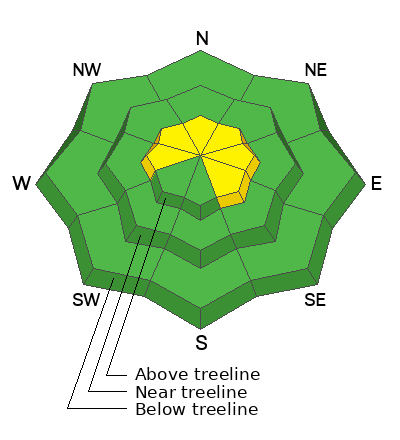
Low
Moderate
Considerable
High
Extreme
Learn how to read the forecast here


